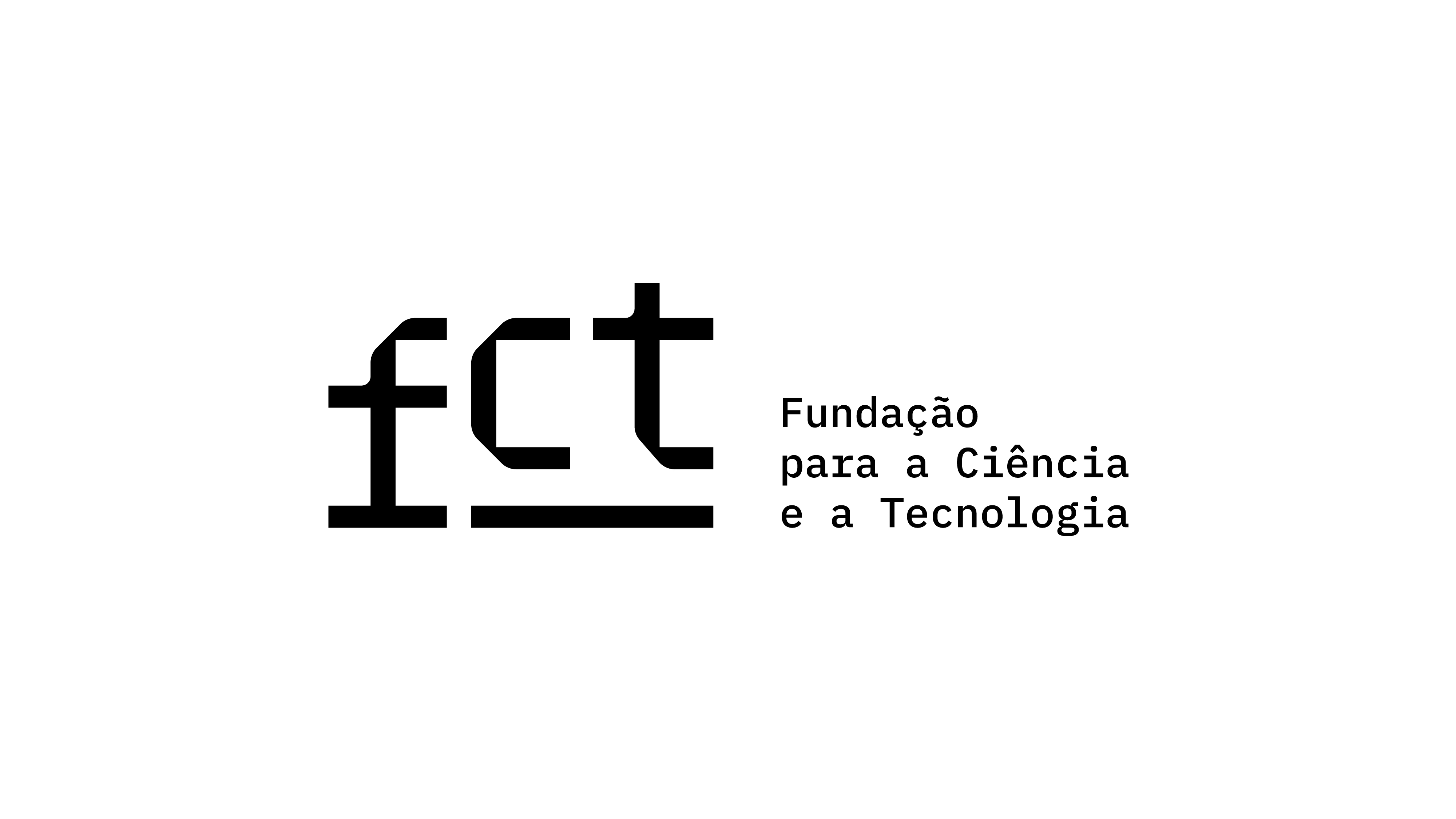Prosopopoeia as Aesthetics and Rhetoric Ortho-Doxy: Literariness and the Effectiveness of Advertising Discourse
DOI:
https://doi.org/10.21814/vista.5201Keywords:
literary discourse, persuasion, prosopopoeia, advertising, rhetoricAbstract
Advertising discourse is peculiar, it has the appealing and persuasive functions of language and has the following general objectives: attract attention, arouse interest, provoke desire and lead to the action of purchase and consumption. Whether it’s in verbal form (text) or non-verbal form (image), the language of advertising combines two fundamental aspects: aesthetics, because it is essentially literary, fictional, poetic, emotive and seductive; rhetorical, because it is pragmatic, effective and persuasive. These aspects are present due to the use of frequent and diverse rhetorical figures, particularly those that establish analogies, as they imply identities and make comparisons. This is the case with prosopopoeia, a frequent and effective rhetorical figure in advertising, because it is simple to establish implications and understand them and because it enhances the discourse, making it more lively, attractive, and empathetic, whilst identifying both products/brands and consumers. How does advertising language become aesthetic and rhetorical with prosopopoeia? How does prosopopoeia establish meaning and guide the understanding of the significance of advertising messages? Using a theoretical-conceptual approach, this article presents a qualitative study centred on the application of prosopopoeia as a stylistic and rhetorical resource in advertising discourse. Its objectives are: (a) to relate the two aspects mentioned (aesthetics and rhetoric) in the lure of persuasive strategies within advertising communication, and (b) to justify prosopopoeia as a power of ortho-doxy in the literary discourse of advertising.
Downloads
References
Argenti, P. (2007). Strategic corporate communication. McGraw-Hill Publishing.
Aristóteles (1998). Retórica. Imprensa Nacional Casa da Moeda.
Barthes, R. (1987). A aventura semiológica (M. de S. Cruz, Trad.). Edições 70. (Trabalho original publicado em 1985)
Baumlin, J. S. (2001). Ēthos. In T. O. Sloane (Ed.), Encyclopedia of rhetoric (pp. 278–292). Oxford University Press.
Bignell, J. (2002). Media semiotics. Manchester University Press.
Bitzer, L. F. (1968). The rhetorical situation. Philosophy and Rhetoric, 1, 1–14.
Bloomer, W. M. (2001). Controversia and suasoria. In T. O. Sloane (Ed.), Encyclopedia of rhetoric (pp. 176–179). Oxford University Press.
Brochand, B., Lendrevie, J., Rodrigues, J. V., & Dionísio, P. (1999). Publicitor. Publicações Dom Quixote.
Burke, K. (1969). A rhetoric of motives. University of California Press.
Connolly, J. (2007). The new world order: Greek rhetoric in Rome. In I. Worthington (Ed.), A companion to Greek rhetoric (pp. 139–165). Blackwell Publishing. DOI: https://doi.org/10.1002/9780470997161.ch11
Corral, L. S. (1997). Semiótica de la publicidad. Editorial Síntesis.
Eco, U. (2001). A estrutura ausente (P. de Carvalho, Trad.). Editora Perspectiva. (Trabalho original publicado em 1968)
Habinek, T. (2005). Ancient rhetoric and oratory. Blackwell Publishing. DOI: https://doi.org/10.1002/9780470773598
Huxley, A. (1961). On the margin: Notes and essays. Chatto & Windus.
Jost, W., & Olmsted, W. (2004). A companion to rhetoric and rhetorical criticism. Blackwell Publishing. DOI: https://doi.org/10.1002/9780470999851
Klikauer, T. (2008). Management communication – Communicative ethics and action. Palgrave Macmillan. DOI: https://doi.org/10.1057/9780230583238_13
Lanham, R. A. (1991). A handlist of rhetorical terms. University of California Press. DOI: https://doi.org/10.1525/9780520912045
Lausberg, H. (2004). Elementos de retórica literária (R. M. Fernandes, Trad.). Fundação Calouste Gulbenkian. (Trabalho original publicado em 1967)
Mayoral, J. A. (1994). Figuras retóricas. Editorial Sintesis.
Mayoral, J. A. (2001a). Apostrophē. In T. O. Sloane (Ed.), Encyclopedia of rhetoric (p. 37). Oxford University Press.
Mayoral, J. A. (2001b). Ēthopoeia. In T. O. Sloane (Ed.), Encyclopedia of rhetoric (p. 278). Oxford University Press.
Mayoral, J. A. (2001c). Prosōpopoeia. In T. O. Sloane (Ed.), Encyclopedia of rhetoric (p. 663). Oxford University Press.
McQuarrie, E. F., & Mick, D. G. (1996). Figures of rhetoric in advertising language. Journal of Consumer Research, 22, 424–438. DOI: https://doi.org/10.1086/209459
McQuarrie, E. F., & Mick, D. G. (2008). The contribution of semiotic and rhetorical perspectives to the explanation of visual persuasion in advertising. In L. M. Scott & R. Batra (Eds.), Persuasive imagery - A consumer response perspective (pp. 191–222). Lawrence Erlbaum Associates.
Meyer, M., Carrilho, M. M., & Timmermans, B. (2002). História da retórica (M. M. Berjano, Trad.). Temas e Debates. (Trabalho original publicado em 1999)
Morier, H. (1961). Dictionnaire de poétique et de rhétorique. Presses Universitaires de France.
Nascentes, A. (1955). Dicionário etimológico da língua portuguesa. Livraria Francisco Alves.
Péninou, G. (1976). Semiótica de la publicidad. Gustavo Gilli Editorial.
Perelman, C. (1989). Rhétoriques. Editions Université de Bruxelles.
Peters, F. E. (1967). Greek philosophical terms – A historical lexicon. New York University Press.
Reboul, O. (1991). Introduction à la rhétorique. Presses Universitaire de France.
Ricoeur, P. (1986). Rhétorique – Poétique – Herméneutique. In M. Meyer (Ed.), De la métaphysique à la rhétorique (pp. 143–155). Editions de l’Université de Bruxelles.
Sousa, A. (2001). A persuasão. Universidade da Beira Interior.
Tungate, M. (2007). Adland – A global history of advertising. Kogan Page.
Uceda, G. (2001). Las claves de la publicidad. Esic Editorial.
Vanderspoel, J. (2007). Hellenistic rhetoric in theory and practice. In J. Worthington (Ed.), A companion to Greek rhetoric (pp. 124–138). Blackwell Publishing. DOI: https://doi.org/10.1002/9780470997161.ch10
Volli, U. (2004). Semiótica da publicidade (M. L. Jacquinet, Trad.). Edições 70. (Trabalho original publicado em 2003)
Williamson, J. (1978). Decoding advertisements: Ideology and meaning in advertising. Marion Boyars Publishers.
Downloads
Published
How to Cite
Issue
Section
License
Copyright (c) 2023 Paulo Barroso

This work is licensed under a Creative Commons Attribution 4.0 International License.
Authors own the copyright, providing the journal with the right of first publication. The work is licensed under a Creative Commons Attribution 4.0 International License.













